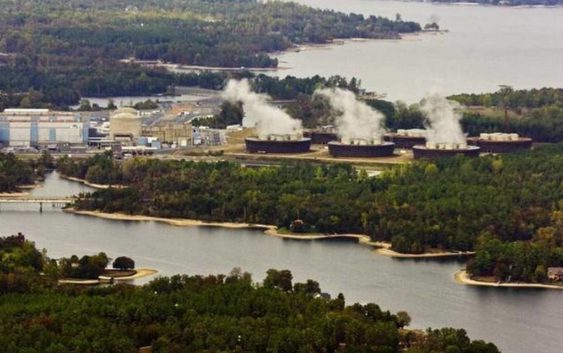- Impact Plastics not responsible for workers killed in Helene flooding, TOSHA says
- 'A little emotional': Hurricanes equipment manager got seconds in goal, memory to last a lifetime
- WMO retires three hurricane names after devastating 2024 season
- Beryl removed from future hurricane naming lists
- Hurricane names Helene, Milton and Beryl are now retired
Lake Wylie is down. It isn’t alone. Prepping starts for Florence, flood level rains.

As heavy rains from Hurricane Florence loom, Lake Wylie is making room.
The extra room in lakes all along the Catawba chain will be needed. Forecasts show the York County and surrounding areas getting up to a foot of rain. Other parts of the Carolinas have even more rain and flooding projected.
At 8:50 a.m. Friday the lake sat a foot below its target elevation and four feet below its spilling point, or full pond. The lake dropped more than a foot in four days.
A Sept. 12 lake advisory from Duke Energy noted Wylie and other reservoirs on the Catawba River chain would drop ahead of “torrential rainfall” from Florence.
“The Duke Energy hydro operations team is aggressively moving water to lower water levels in hydro reservoirs in anticipation of this extremely large storm system,” it read. “We will continue monitoring the weather and rainfall and will operate the hydro system to reduce impacts as much as possible.”
Lake Wylie spans 12,177 acres and 348.5 miles of shoreline. It touches Lake Wylie, Tega Cay, Rock Hill and Fort Mill in York County, but also Mecklenburg and Gaston counties in North Carolina. Lake Wylie is the third largest reservoir in the Catawba chain.
Lake Wylie has about 73,000 acre-feet — an acre wide, a foot deep — of water available before critical water intakes are exposed. Dropping the lake a foot means taking out about 17 percent of that storage.
An acre-foot of water in Lake Wylie is about 325,000 gallons. Dropping the lake a foot would mean about 4 billion gallons less water.
Lake Wylie isn’t alone.
Two reservoirs upstream are Lake James and Lake Norman, the largest reservoir on the chain. Norman sat almost a foot below its seasonal target Friday morning, down almost a foot in a week. The headwaters at Lake James sat almost two feet below its seasonal target Friday morning. The same was true for Lake Wateree, downstream of Wylie.
The system of lakes — particularly large reservoirs Wylie, James and Norman — operate together in a concerted effort to avoid both summer drought and severe weather flooding. Duke works with municipal water providers throughout the system in both instances. Moving water ahead of forecasted rain is common.
A six-inch change just on lakes Wylie, Norman and James can create significant capacity for gain or mitigate loss.
“These six inches create 8 billion additional gallons of water available during the summer months,” Duke’s licensing project manager Mark Oakley told the Catawba-Wateree River Basin Advisory Commission last fall, when discussing increased target elevations to stave off drought. “If this were the only thing we did, it would extend the yield of the Catawba by a decade.”